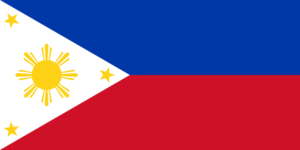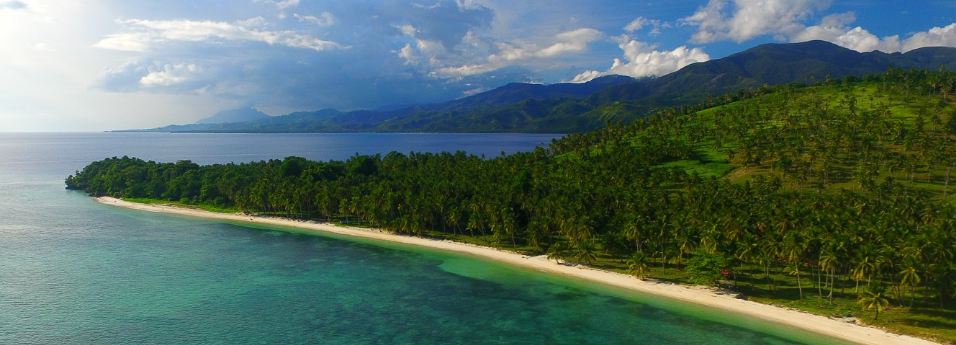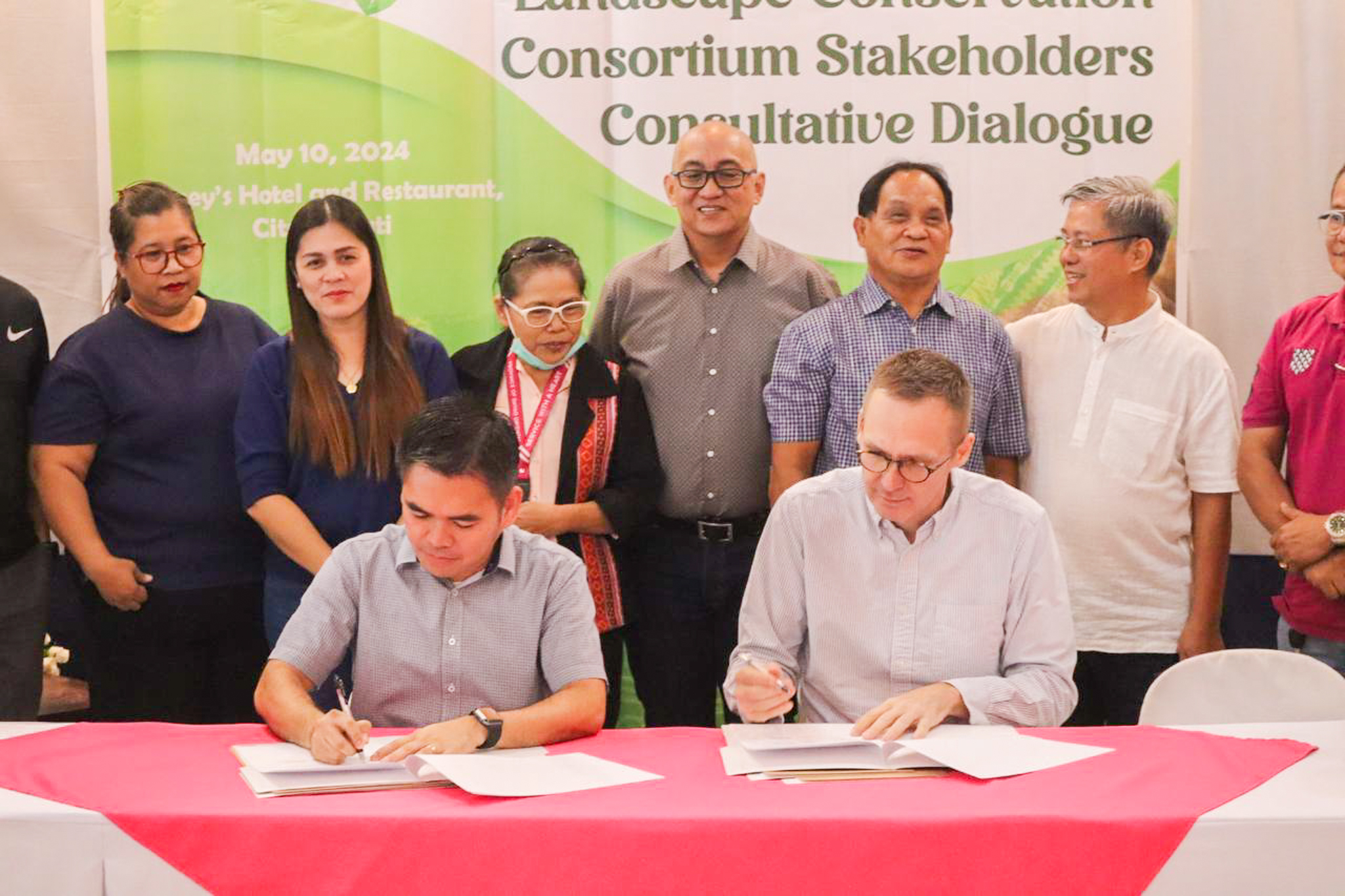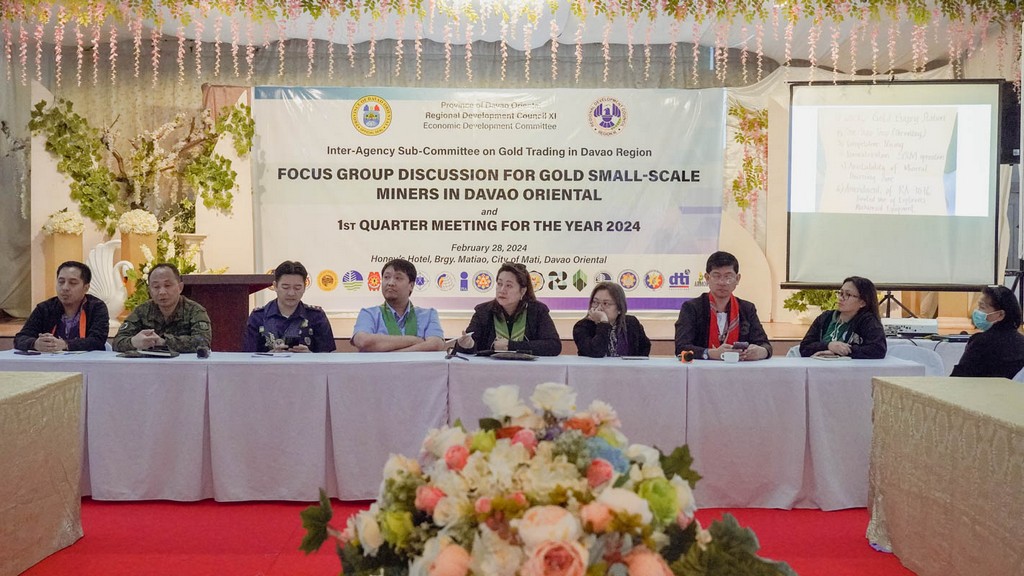GOVERNOR
GENEROSO, DAVAO ORIENTAL – Governor Nelson Dayanghirang expressed his strong
opposition to the proposed Mineral Reservation in huge tracts of timberlands
and agriculture lands in Governor Generoso town.
In an official statement, the Governor stands firm on the Provincial Government’s position to put first the interest of the province which is to protect its natural resources especially that the proposed mining reserve is in close proximity to Davao Oriental’s crown jewel, the Mount Hamiguitan Range Wildlife Sanctuary which is Mindanao’s first and only World Heritage Site declared by the UNESCO.

Even though the proposed mineral reservation area is not part of the Hamiguitan mountain range, Governor Dayanghirang is fixed in his stand not to allow any mining activities here. “What’s important is that we preserve our natural resources for the next generation,” said Gov. Dayanghirang.
He said that the local government asserts its authority, through the Local Government Code, to manage its own resources. “At the end of the day, it is us in the local government that knows what’s best for our town, our province, and our people,” he added.

Local officials in the municipality have echoed the same sentiments as Governor Dayanghirang. Mayor Katrina Joy Orencia and majority of the members of the Liga ng mga Barangay of this town have also expressed disapproval to the mining proposition.
Governor Generoso Liga ng mga Barangay President Edison Sisor said that the vast majority of the barangay leaders and the community are also opposed to mining activities. “We have seen the effects of mining here in the past and the results were not good. We have seen mining’s negative effect, particularly on peace and order,” he said.
PROPOSED MINERAL RESERVATION
The proposed mineral reservation area covers around 8,497 hectares, affecting 11 villages namely Barangays Sergio Osmeña, Tandang Sora, Anitap, Upper Tibanban, Oregon, Magdug, Luzon, Nangan, Tiblawan, Surop, and Tagabebe.

During the two-day public hearing on the proposed mineral reservation area held on March 12-13, the Mines and Geoscience Bureau under the Department of Environment and Natural Resources presented to the local officials and representatives of the barangays the geology of the mining area, regulations and provisions in mining activities, and the conditions in the proposed mining site in Governor Generoso town, among others.

These areas, based on MGB’s survey, turns out to have rich deposits of chromite, nickel laterite, and copper which could help supply the huge global demand for these minerals needed to run cars and massive production of electronic gadgets.
On top of the plethora of mineral deposits, the identified areas are also endowed with several watersheds which have water quality classified as Class AA.

In terms of soil quality, the identified areas, albeit fertile for any plant species, they lack minerals such as potassium and phosphate and other key elements essential for plants to grow. But this condition can be supplemented by natural fertilizers such as natural waste in the forests.
According to the MGB, the push for the establishment of the Mineral Reservation may be executed by the President upon the recommendation of their agency as long as it is consistent with the national interest to access mineral resources for industries critical to national development and to help generate non-tax revenues.
Based on the provision for mining operations, the government is entitled for 5% royalty as gross output of mineral products and another 10 percent allotted for the exploration. Meanwhile 1% goes to royalty payment for the Indigenous People.
ENVIRONMENTAL IMPACTS
However, the mineral reservation has sparked a host of issues, especially when it comes to environmental concerns as mining pose great threats to the peoples’ land, water, and even their culture.
The local government and other concerned agencies, particularly the academe, have voiced out that they are not persuaded on what little benefits mining may provide in comparison to the glaring price the communities would have to pay from the resulting devastation.
“The foreseen financial income or revenues purported to be gained through mining operation in the site could not equate with the value of the destruction of the area such as the would-be forgone ecological values of the biodiversity as well as the abiological assets like the local watersheds and scenery which would all be negatively affected by eventual mining operation,” reads the excerpt of the Governor’s statement.

Dr. Roy Ponce, Vice President of the Davao Oriental State University for Research, Development and Extension, said that the primary concern of the proposed mining is that the site is situated on top of human settlements. This hazard is even aggravated by the fact that Governor Generoso is vulnerable to landslides.
He also pointed out the potential threats of mining to the pristine, fresh local water supply – a vital resource which is rapidly depleting in other parts of the country.
While Davao Oriental is known to be a minerals-rich province, the town of Governor Generoso, aside from its teeming biodiversity, is also known for its rich flora and fauna as it forms part of the vast Mount Hamiguitan Range.

Part of the Pujada Peninsula, the Mount Hamigutian Range is the southernmost part of the Eastern Mindanao Biodiversity Corridor, an identified biodiversity hotspot. It is also a natural habitat to endemic plant species like the Almaciga and Aquilaria, and hosts of other wildlife including the critically endangered Philippine Eagle.
“These resources would be critically threatened if ever mining and other extractive activities would operate in the area,” says the governor.

Moreover, the proposed mining would also potentially pollute Davao Gulf which is the ultimate catchment of all run-off from the Western side of the Pujada Peninsula.
If the mining operation will pursue, it will forfeit the province’s chance for tourism as it would also degrade the aesthetic scenery of the site which is one of Davao Oriental’s major assets being declared as a Tourism Development Area per RA 10560.
NEXT STEPS
Engr. Noel Angeles of the MGB assured that the decision remains on the hands of the local government and the people. “If there’s no support from the community to push for the declaration, the proposition will not move,” he said.
He said that the agency only needs to secure resolutions coming from the community, barangay, municipal, and provincial government units declaring their opposition to the proposed mineral reservation to be submitted to their Central Office.
Governor Dayanghirang said that a resolution coming from the Sangguniang Panalalwigan that oppose the mineral reservation is expected to be passed next week. The Municipal Local Government and the barangays are expected to do the same.
ALTERNATIVE INCOME THROUGH INVESTMENTS
While mining almost always means a gushing flow of money, the Provincial Government knows it is not sustainable as jobs and cash flow would eventually stop when the mining operations stops, only leaving a trail of devastation in its tracks.

Governor Dayanghirang said that there are other alternative livelihoods that the province is currently pushing which leverages on the province’s potential on agriculture and tourism.

Just recently, Governor Dayanghirang has initiated talks with several investors who are eyeing to put up huge investments on fruit farming and aquaculture, among others.
Governor Dayanghirang said that initiating these new developments are very rewarding as it would help his province address poverty. More importantly, he said, these initiatives are aligned with his administration’s bid to industrialized the province’s agriculture and tourism industries. Photos by Eden Jhan Licayan




